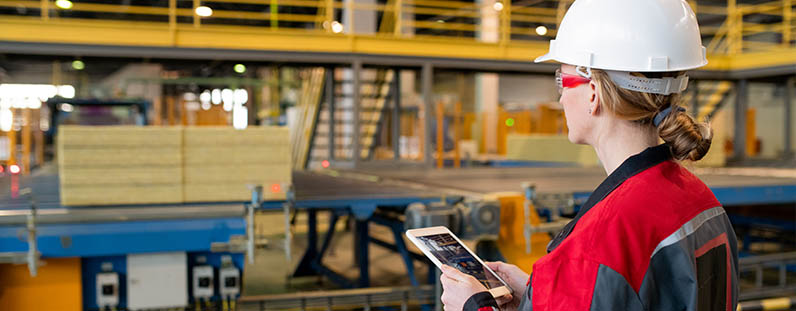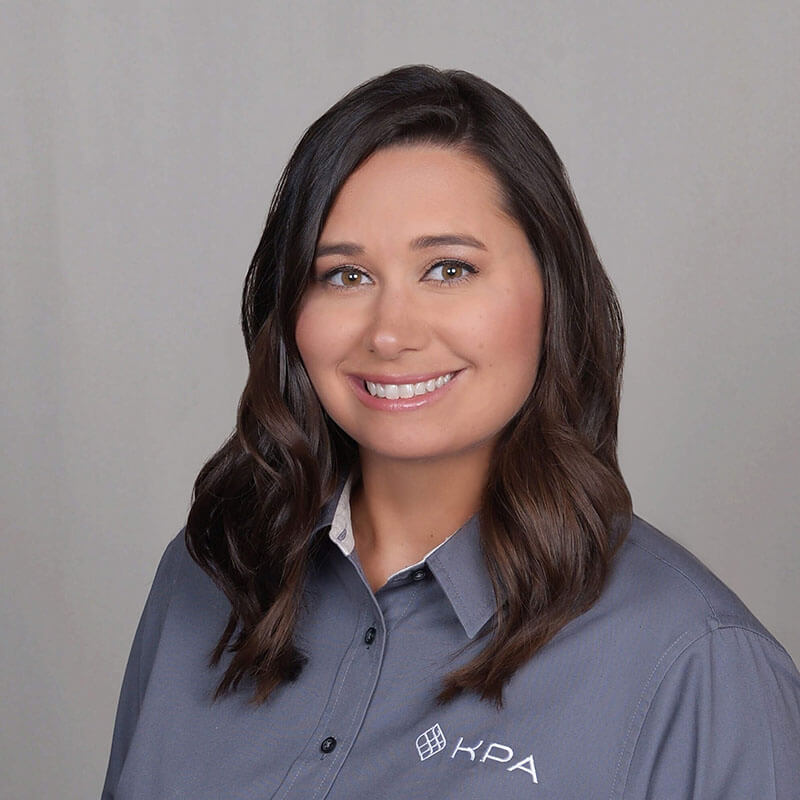Audits, audits, audits. We’ve been writing about audits a lot here recently—from what they are to how they differ from inspections, why they go underutilized, and how to do them right. But what does an audit actually look like? And how can you make the most of one?
Rather than exploring these ideas in the abstract, we thought it would be more interesting to take you through KPA’s audit process. Here’s what you need to know:
How a KPA Safety Audit Works
We’ll begin by giving you a basic overview of our company and services. We’ll introduce you to our software platform Vera Suite, and set up some initial systems, such as accessing a chemical inventory. We’ll then ask you to fill out some paperwork and begin to write your OSHA written policies. With these pieces in place, you can get a start on your KPA safety program before a consultant visits your facility.
The initial site visit is where things really kick off. This is all about data gathering—collecting the information we need to get your safety program off the ground. We’ll ask to meet with your managers, get to know them, and explain what we’ll be doing on-site. We’ll then ask to take a quick tour of the facility, so we know exactly where we’re going and don’t miss anything—any hidden hallways, rooms, or areas that might not be immediately noticeable (like locked tank rooms). This is important for developing emergency evacuation plans, noting the location of personal protective equipment and hazardous material storage areas.
Next comes the audit. Expect your first KPA audit to take some time as we walk your facility, ask lots of questions, review your waste paperwork, and start to get a feel for the existing safety program. We’ll examine the condition of your workplace, equipment, and machinery; interview employees, if possible; and document our findings. Depending on what services you’ve purchased, we may also sketch an emergency evacuation map, host employee training, inspect your chemical inventory, and/or perform other safety checks.
Following the audit, we’ll conduct a sit-down safety committee meeting. Your first meeting will last longer than the initial consultation and introduction to KPA’s software. We’ll discuss the results of our audit, explain what issues need to be addressed in detail, and determine who’s responsible for addressing the issues.
Lots of clients look for help with accident investigations. For these clients we’ll talk about any recent accidents, their root cause, any patterns/trends, and how to prevent injuies in the future.
As we talk through issues, we always make sure to provide solutions. We’ll show you how to use our software and training to fix problems and ensure compliance with rules from the Occupational Safety and Health Administration, the Environmental Protection Agency, and other safety regulators. We’ll also take the time to answer any questions you might have and make sure you know we’re available to help at any time.
6 Keys to Getting the Most Out of KPA’s Safety Auditing and Consulting Services
1. Make time for it.
Be ready to dedicate time to the audit and conversation afterward. The more you and your team are ready to participate, actively listen, and ask questions, the better-equipped we are to improve your safety program and help you rectify non-compliance issues.
2. Hold yourself and your team accountable for following through.
Every effective safety program is founded on teamwork and shared responsibility. We’ll show you what needs to change, and how to change it, but it’s up to you to ensure that change happens. We try to keep our suggestions as easy and cost-effective as possible—in fact, many of the safety interventions we propose don’t cost anything—but change is always a little difficult. Take a deep breath and embrace it. Don’t be complacent with the bare minimum when it holds back your business and puts your employees at risk.
3. Take it one step at a time.
The list of corrective and preventive actions you receive following an audit can feel overwhelming. It may seem like you need to re-train all of your employees or find new ways of doing business. Slow down and focus on the most urgent things first. Start with the employees who face the most risk. Commit to do one training a week. You’ll soon see how easy it actually is to make progress, and the massive difference that every change can have.
4. Take advantage of in-person training.
KPA offers comprehensive workforce training, with courses available online and on-site. An audit is the perfect opportunity to get your team together and train everyone on safety. We can go over required topics such as hazard communication, emergency response, fit testing, and respiratory protection, as well as specific initiatives and programs like slips, trips, and falls or Spill Prevention, Control, and Countermeasure Plan training. Even if you already use KPA’s online training, an in-person visit is a great moment to engage employees directly.
5. Let us serve as employee liaisons.
KPA consultants strive to build relationships with everyone on-site—not just with the higher-ups, but with the people using tools and equipment on the floor. Employees see KPA as trusted safety experts that they can approach with questions and feedback. Sometimes, they share things with us that they’d be uncomfortable bringing up to a supervisor. We can communicate these concerns back to you and ensure any nascent workforce safety issues don’t develop further.
Complaints tend to go somewhere. And you’d rather them not go to OSHA. I’ve seen employees who LOVE to talk to KPA consultants. They realize that if things make it onto our audit list, they usually get fixed. We proactively ask employees, “how are things going?” “you need anything?” “any accidents?” Management may not always ask these questions.
6. Think beyond checking the box.
Our first responsibility is always to ensure workplace safety and compliance. But our most successful clients know that there’s much more KPA’s consultants can offer. Our top clients challenge consultants to come up with creative solutions to deeper problems, such as training, policy adoption, and employee engagement. They tap into our expertise to develop initiatives such as positive safety incentive programs and manager development.
Hopefully, this helps give you a better idea of how workplace health and safety consulting services help you develop and execute safety programs that reduce injury and illness rates, decrease workers’ compensation costs, increase productivity, and improve morale across your workforce.
Ready to transform your workforce?
With powerful software, award-winning training, 30 years of industry experience, and 125+ experienced EHS consultants, KPA has everything you need.
Our latest software release provides unparalleled flexibility and convenience while maximizing safety and compliance. Features include configurable inspection checklists, self-service tools, documented preventive and corrective actions, and more.



